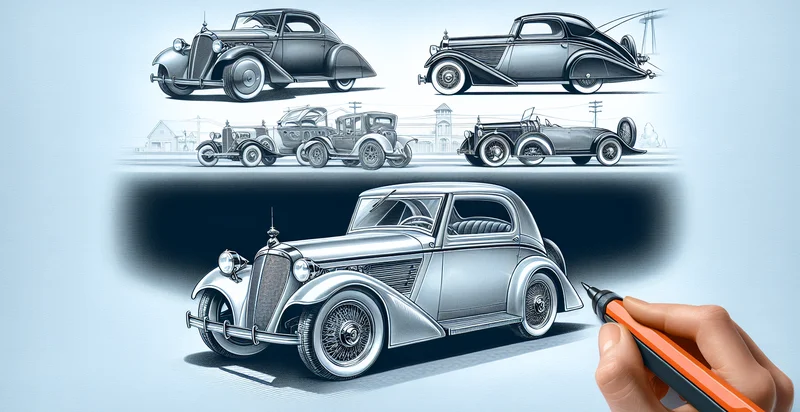Identify bollinger motors models
using AI
Below is a free classifier to identify bollinger motors models. Just upload your image, and our AI will predict if the model is a Bollinger Motor or not - in just seconds.

Contact us for API access
Or, use Nyckel to build highly-accurate custom classifiers in just minutes. No PhD required.
Get started
import nyckel
credentials = nyckel.Credentials("YOUR_CLIENT_ID", "YOUR_CLIENT_SECRET")
nyckel.invoke("bollinger-motors-models", "your_image_url", credentials)
fetch('https://www.nyckel.com/v1/functions/bollinger-motors-models/invoke', {
method: 'POST',
headers: {
'Authorization': 'Bearer ' + 'YOUR_BEARER_TOKEN',
'Content-Type': 'application/json',
},
body: JSON.stringify(
{"data": "your_image_url"}
)
})
.then(response => response.json())
.then(data => console.log(data));
curl -X POST \
-H "Content-Type: application/json" \
-H "Authorization: Bearer YOUR_BEARER_TOKEN" \
-d '{"data": "your_image_url"}' \
https://www.nyckel.com/v1/functions/bollinger-motors-models/invoke
How this classifier works
To start, upload your image. Our AI tool will then predict if the model is a Bollinger Motor or not.
This pretrained image model uses a Nyckel-created dataset and has 2 labels, including Bollinger B1 and Bollinger B2.
We'll also show a confidence score (the higher the number, the more confident the AI model is around if the model is a Bollinger Motor or not).
Whether you're just curious or building bollinger motors models detection into your application, we hope our classifier proves helpful.
Related Classifiers
Need to identify bollinger motors models at scale?
Get API or Zapier access to this classifier for free. It's perfect for:
- Automated Inventory Management: The True image classification function can assist automotive retailers in identifying and categorizing different Bollinger Motors models within their inventory. By automating the classification process, retailers can efficiently manage stock levels and ensure that customers are offered the latest models available.
- Enhanced Customer Experience: Integrating the image classification function into customer service applications can help clients easily identify specific Bollinger Motors models they are interested in. This can lead to improved customer satisfaction by providing instant recognition and tailored recommendations based on visual input.
- Marketing Visuals Generation: Marketers can utilize the classification function to recognize and curate high-quality images of Bollinger Motors models for promotional campaigns. By ensuring that marketing material aligns with the brand's identity and model offerings, companies can create more effective advertising content.
- Quality Control in Manufacturing: The classification function can be employed on the assembly line to ensure that the correct Bollinger Motors models are being produced and that any deviations in design are caught early. This can enhance quality assurance processes, reducing errors and waste in production.
- Competitive Analysis: Businesses can leverage the True image classification function to analyze competitor offerings by identifying and categorizing Bollinger Motors models in competitor imagery. This can support strategic decision-making regarding pricing, product features, and market positioning.
- Insurance Assessment and Processing: Insurance companies can utilize the classification function to quickly identify Bollinger Motors models in claims and assessments. Streamlining the image recognition process can expedite claims processing and improve overall customer service.
- Fleet Management Solutions: Companies managing fleets of Bollinger Motors vehicles can implement the image classification function to monitor and track their models effectively. This can aid in maintenance scheduling, asset management, and operational analytics, ensuring the fleet remains in optimal condition.


